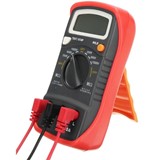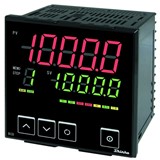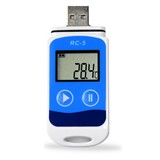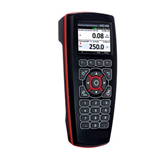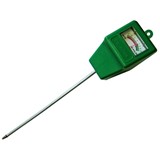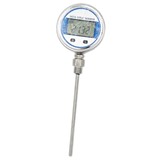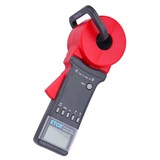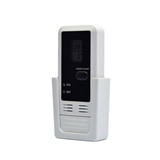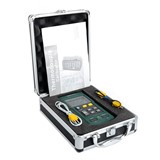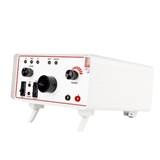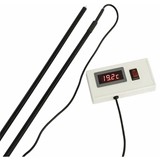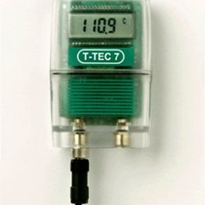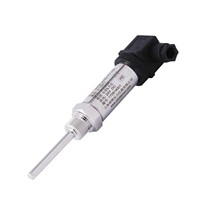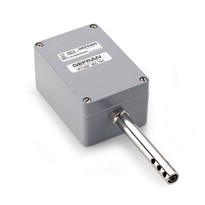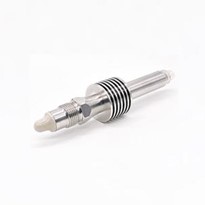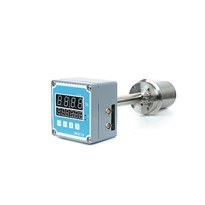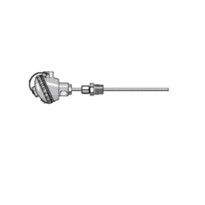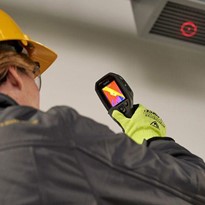he selection of the appropriate temperature sensor plays a crucial role in ensuring accurate and reliable data. Among the diverse options available, the PT100 Resistance Temperature Detector (RTD) and Thermocouples stand out as popular choices, each with its unique characteristics and applications.
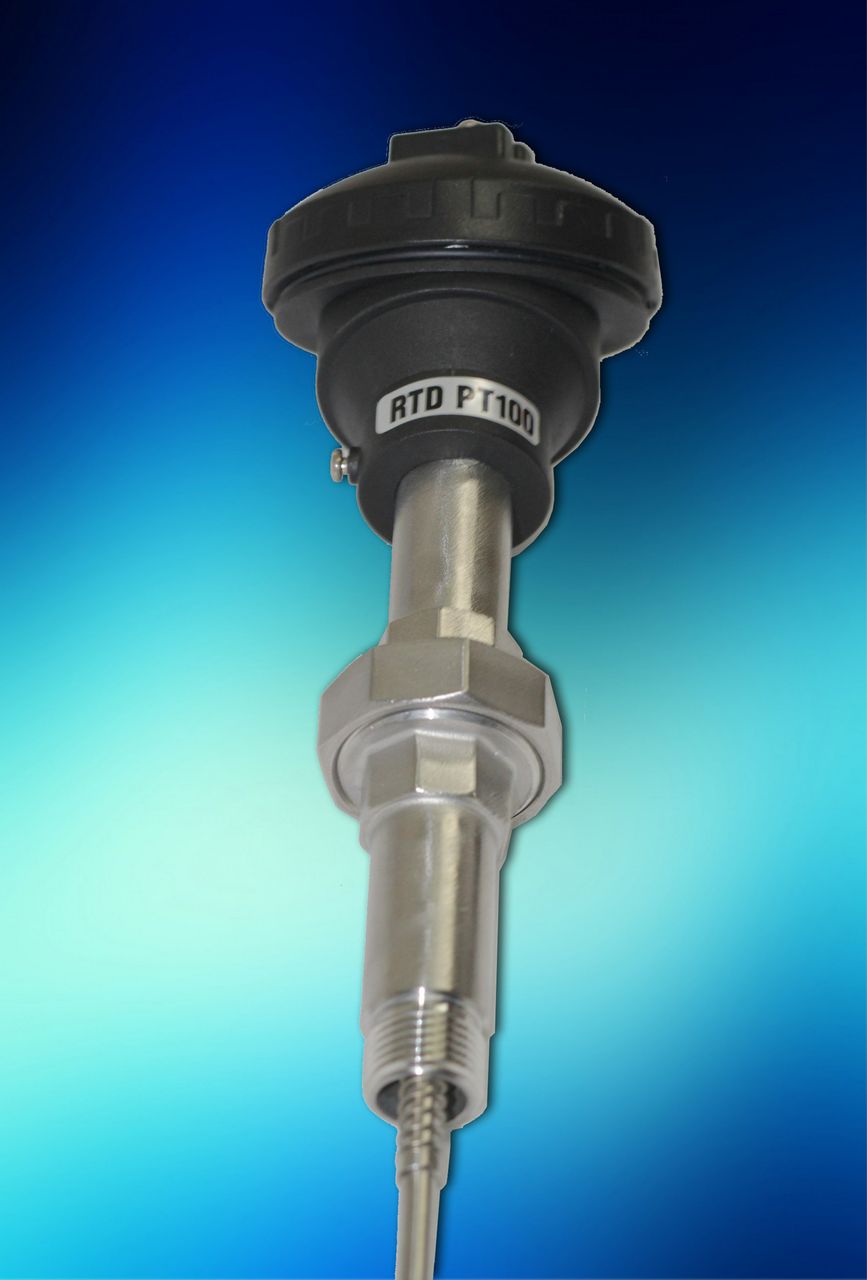 PT100: A Robust RTD Option.
PT100: A Robust RTD Option.
The PT100 is a prevalent type of RTD known for its exceptional performance in temperature measurement. With a resistance of 100 Ohms at 0°C, escalating to 138.5 Ohms at 100°C, PT100s have become a common choice in industrial processes and laboratories. Their popularity stems from their stability, accuracy, and repeatability, making them a preferred option over thermocouples in many scenarios.
Advantages of PT100
Stability and Accuracy: PT100s offer high accuracy, making them suitable for precise temperature measurements.
Repeatability: In applications where consistent results are crucial, PT100s excel, ensuring the same temperature readings with each measurement.
Area Temperature Sensing: Well-suited for environments with high levels of noise, such as those around generators, mechanical noise, motors, and high-voltage areas.
Disadvantages of PT100
Current Source Required: PT100s necessitate a current source for operation.
Self-heating: These sensors may experience self-heating, affecting temperature readings.
Slower response Time: Compared to some alternatives, PT100s have a slower response time.
Low Sensitivity to Small Temperature Changes: They may exhibit lower sensitivity to minor temperature fluctuations.
Historically, RTDs faced challenges related to fragility, often being constructed with ceramic and fine wire. These designs were not conducive to handling vibration or shock, and they were relatively expensive compared to thermocouples. However, recent innovations have led to the development of RTDs with a flat film element, addressing fragility concerns and providing a cost-effective alternative. Although the flat film may experience accuracy degradation at higher temperatures, most applications stay below 250°C, mitigating this issue…
Despite historical pricing discrepancies, innovation over the past decade have made RTD elements more cost effective and robust. For lower-temperature measurements, PT100s have become an industry standard, with the PT100 – IEC751 being the most widely used variant. Additionally, PT1000, Nickel, and Copper elements are available for specific applications, offering flexibility in sensor selection.
Thermocouples in Contrast to RTD’s.
 In contrast to RTD’s, Thermocouples operate on the principle of two dissimilar metals joined at one end, producing a small electrical signal proportional to temperature. However, a common misconception revolves around the Electric and Magnetic Fields (EMF) generation at the tip of the thermocouple. The EMF is dispersed throughout the lengths of both metal legs, and the total EMF is the difference between the EMFs in both legs.
In contrast to RTD’s, Thermocouples operate on the principle of two dissimilar metals joined at one end, producing a small electrical signal proportional to temperature. However, a common misconception revolves around the Electric and Magnetic Fields (EMF) generation at the tip of the thermocouple. The EMF is dispersed throughout the lengths of both metal legs, and the total EMF is the difference between the EMFs in both legs.
Fundamentals of Thermocouples.
Sensitivity to Environmental Changes: The Seebeck coefficient of the metal or alloy used in thermocouples is sensitive to changes in the chemical and physical features of the metal.
Thermoelectric Imprint: Due to non-uniform temperature fields, thermocouples develop a thermoelectric imprint or “signature”, leading to variation in output with changes in the environment.
Service Life and Stability.
Useful Thermocouple Life: Predicting the useful life of thermocouples is challenging, requiring real-world testing in specific applications.
Calibration Drift: All thermocouples are subject to calibration drift over time, dependent on the uniformity of physical and chemical properties along the entire length of the circuit.
Potential Thermocouple Issues.
Corrosion and Mechanical Damage: Protective elements like tubes and sheaths can fail due to corrosion or damage.
Chemical Exposures: Exposure to certain chemicals can alter thermoelements, affecting their performance.
Human Error: Improper settings, connections, or responses to operating conditions can lead to errors, emphasising the need for redundancy and training.
Making Informed Choices.
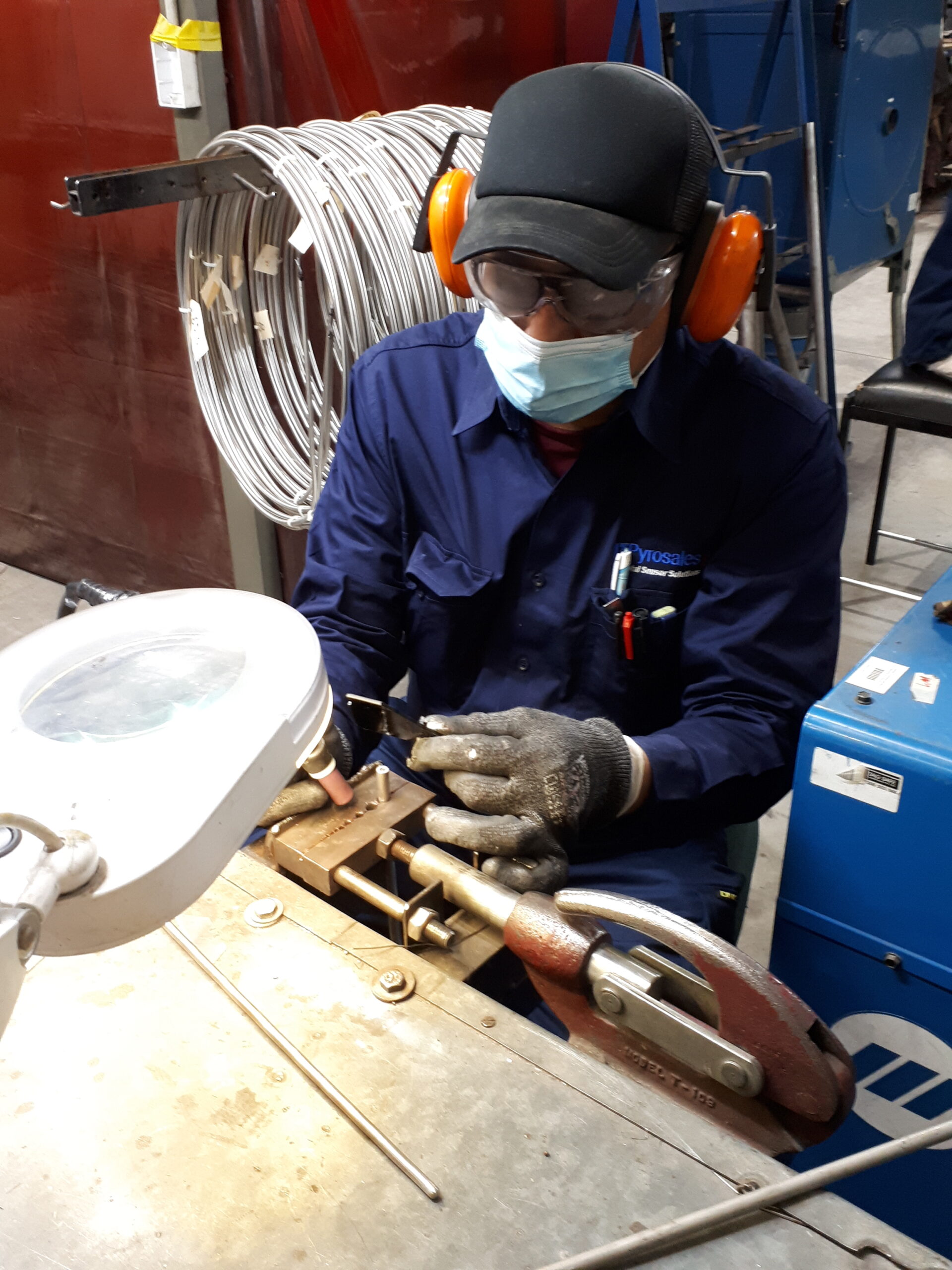 The choice between PT100 RTDs and Thermocouples depends on specific application requirements. The decision involves considerations such as accuracy, readability, response time, and environmental conditions. Understanding the strengths and limitations of each type allows for informed decision-making in temperature sensing applications, ensuring optimal performance and reliability in diverse industrial and laboratory. RTDs are limited to a maximum temperature of 1000 degrees Fahrenheit. In contrast, certain thermocouples can be used to measure up to 2700 degrees Fahrenheit.
The choice between PT100 RTDs and Thermocouples depends on specific application requirements. The decision involves considerations such as accuracy, readability, response time, and environmental conditions. Understanding the strengths and limitations of each type allows for informed decision-making in temperature sensing applications, ensuring optimal performance and reliability in diverse industrial and laboratory. RTDs are limited to a maximum temperature of 1000 degrees Fahrenheit. In contrast, certain thermocouples can be used to measure up to 2700 degrees Fahrenheit.
Pyrosales engineers are available to consult on various stages of any project, from the development and planning of a new project to modifying or upgrading an existing facility. Our staff is here to provide you with assistance and recommendations to ensure the best outcome and value. We are happy to visit our clients on-site or conduct meetings from one of our offices.




